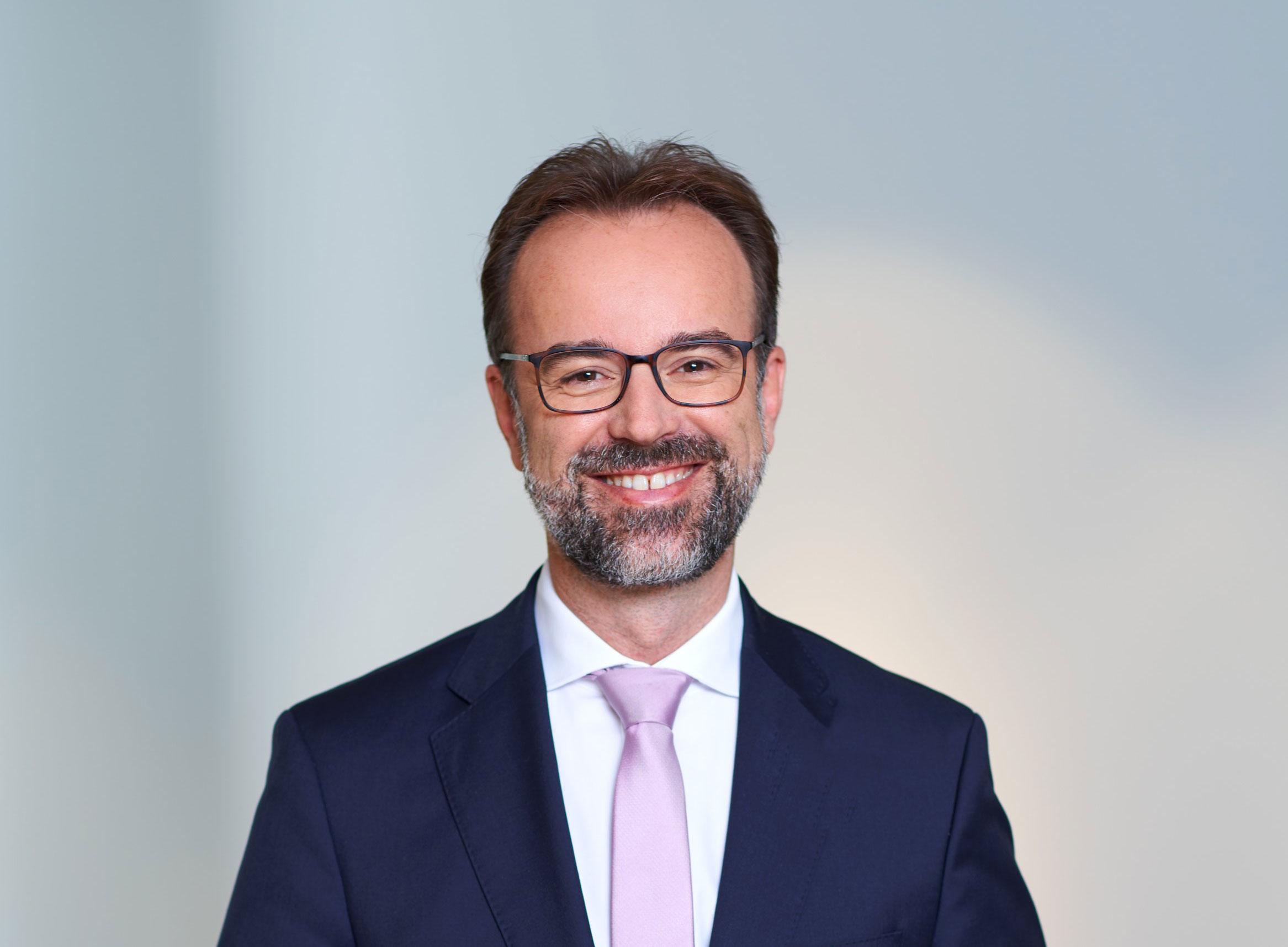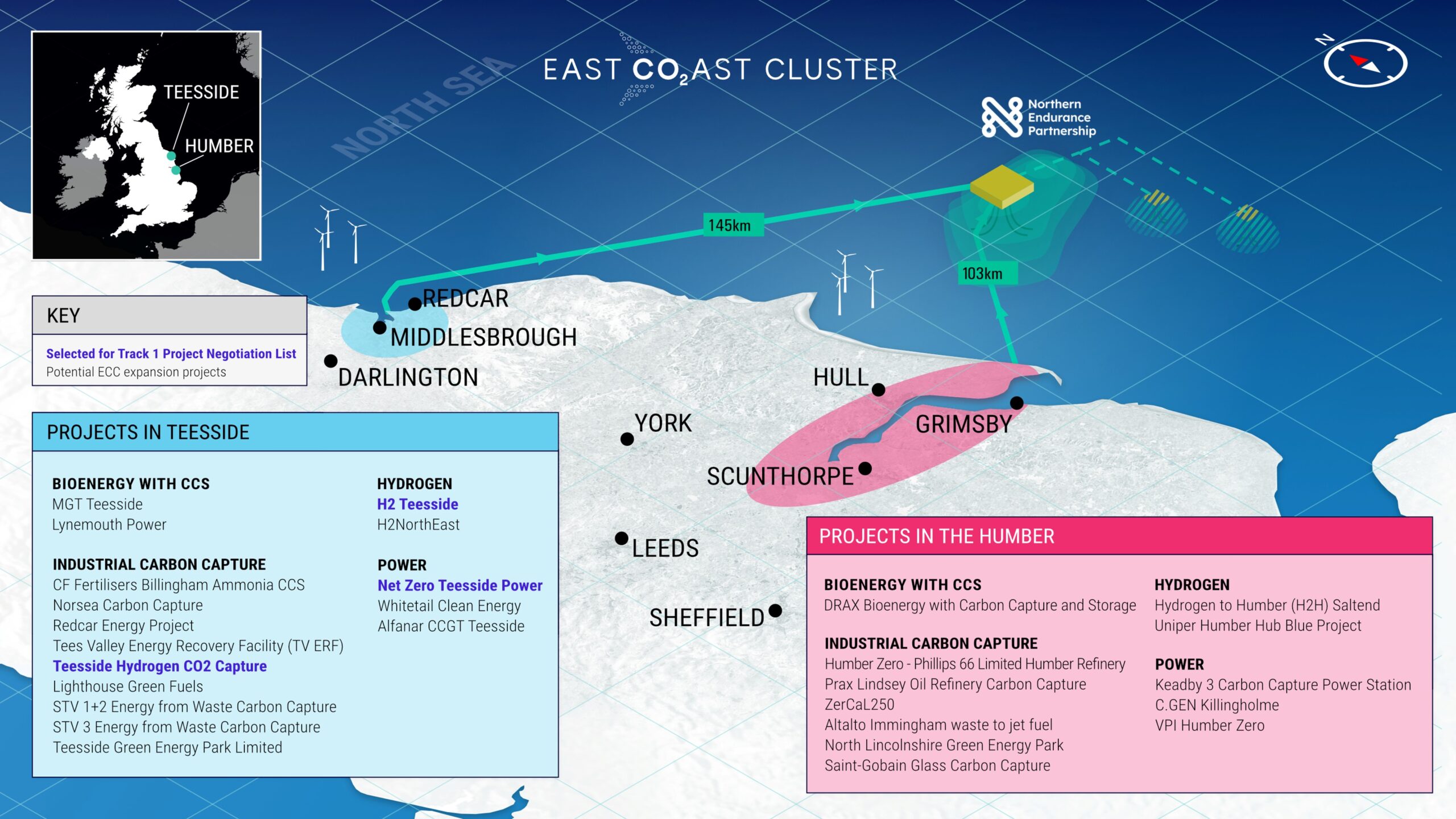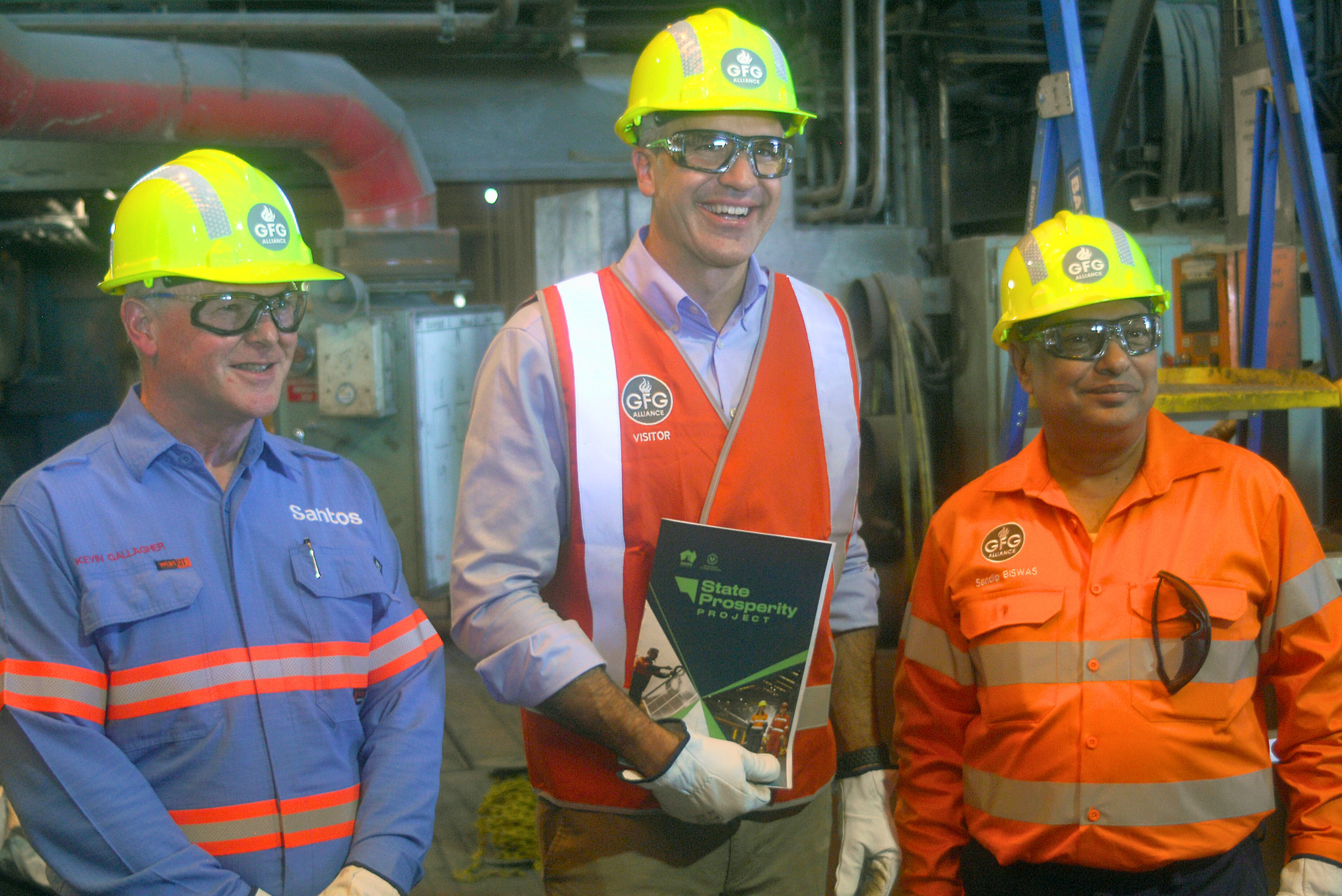According to the American writer and humorist H.L. Mencken....
Wars will never cease until babies come into the world with larger brains and smaller adrenal glands.
True or not, the world is currently experiencing tectonic shifts in the geo-political landscape.
Minor eruptions are everywhere and recently they’ve combined with some gigantic ones.
Globalisation and the need for self-sufficency requires a major rethink....
when vast organisations from Accenture to Youtube,
can simply pull out of a country of 150 million people, leaving its citizens high and dry.
Not surprising then, that so many of our leaders have come to realise how strategically weak they've made themselves, by relying on foreign powers for the essentials of everyday life.
Everything has become clogged... from ATM’s to Rail and Port Heads.
Add to this the European issues with Brexit and the global issues with COVID, and you have a recipe for a whole new kind of world.....
And not necessarily the one you'd hoped for.
And I haven’t even mentioned the hideous recent events in Eastern Europe.
As many have already commentated, we are staring at a world not unlike that of the cold war in the 1950’s, 60’s and 70’s… possibly even worse.
So, to steal a phrase...
there are known unknowns
and unknown unknowns:
specifically, how all of this will affect the future nature of American, European... and right here... Australia’s own foreign policies.
It’s all so much more than just policies and politics though, because politics is also economics, especially when things are tough and getting tougher......
2
When costs are rising, inflation is topping out and the supply of pretty much everything is getting harder.
At times like these...
sovereign manufacturing capability moves from important to critical.....
Which is exactly the opposite to our thoughts and deeds for the last 3 decades.
Now, food security and energy security are the two that normally spring to mind.
After all they come pretty high up the hierarchy of daily needs.
High but not necessarily the most significant.
You have to eat, and you have to stay warm, sure, but to do this you also have to work, and preferably work close to home.
So, home grown is once again about to become the new mantra...
at a time when so many countries have been desperate to farm out their manufacturing capabilities,
to where it’s apparently cheaper, or easier... or both.
And now, we’re worried all over again, that we’ve let too much experience and expertise simply evaporate.
We’ve come to realise just how flimsy and fragile our international supply chains really are... and that we’ve become too dependent on others.
Others, not all of whom may have our best interests at heart!!!!!
Just look…
In the 50’s and 60’s some 30% of the Australian workforce were in manufacturing, now it’s around 7%;
In the US the figures are not dissimilar.
22% in 1979.
Now just 8% of American workers actually make things in their domestic economies.
It’s actually a situation we’ve known about for decades.....
known but not necessarily fully understood......
the decline or, more often, the transfer of jobs to countries where the labour is cheaper....
often a whole lot cheaper.
3
And we’ve benefitted:
cheap food,
cheap phones,
cheap white goods,
cheap travel,
cheap.... well pretty much everything is cheaper.
But sometimes cheap can work out a bit too expensive, and that’s what we’re seeing now.
Fortunately, we are also seeing a broad recognition, across governments and the private sector....
that we need to work together to transform current manufacturing processes and practices.....
to help repair economies to achieve long-term sustainability for future generations.
To do this just right,
lots of things have to be in place including a smart workforce, access to raw materials, inexpensive, abundant renewable energy without its ugly sister, billowing CO2.
In short, advanced manufacturing systems that blend with low carbon technology and a logistically resilient supply chain.
Australia offers the potential for all of this, that’s why we’re here and that’s why we are continuing to invest in this abundant and forward-looking country.
One example says it all:
Australia exports enough iron ore to produce 500 million tonnes of steel, over a quarter of the world’s annual needs.
Yet less than 1 per cent of this is processed into steel right here… domestically.
And with global steel consumption set to double in the next 30 years, could there be a better time for Australia to claim its place as a modern, efficient, low-carbon, global steel power?
This belief is central to my group’s endeavours to improve and further develop mining and steel production, utilising renewable energy at Whyalla in South Australia.
Steel is critical to building the modern world.
Now you’d expect me to say that.
But irrespective of my profession, steel is more than ever before the DNA of the modern world.
But it has come at an unexpected cost.
4
And now that cost is too much to bear.
Clearly, we need to do something about it.
It’s no longer enough for our planet to just pay the price.
Especially when so many nations like America and Australia are looking to large scale infrastructure projects to bolster their economies.
And new infrastructure means more steel.
More traditional steel, more carbon.
More carbon, less us.
We clearly need more of the good stuff and a whole lot less of the bad, as our industry already contributes about 10% of the world’s direct emissions from fossil fuels.
So, what’s the solution?
With the age of fossil fuels slowly coming to an end, the role of steel and hydrogen is right up front in the spotlight.
A glaring spotlight that shows both steel and hydrogen come with their own specific problems.
They say a problem shared is a problem halved.
And in this case, it’s doubly true.
Put steel and hydrogen together and the problem simply goes away.
Stop using coking coal in blast furnaces and replace it with Hydrogen in DRI furnaces.
Coke emits CO2 in quite shocking amounts.
Hydrogen emits water.
So, it’s CO2 to H2O.
This stuff. (Glass of water)
Simple then.
Simple, but not easy...
and certainly not easy on the pocket.
Moving hydrogen around is both costly and challenging.
5
Each stage of storage, shipping and re-gassing, adds formidably to the cost – and that’s on top of the capital required to build the plants and infrastructure.
Our solution, and part of the reason we are here,
is rather than try and ship the hydrogen to where it's needed,
we are going to produce it right here, in abundance,
and use it just where it’s made.
This, as some of you may already have seen this morning in our announcement, is the foundation of our GREENSTEEL transformation plans at Whyalla.
Along with our technology partner, Siemens Energy, we are advancing our plans for carbon neutrality by 2030.
That’s a demanding timescale, extremely demanding
But a timescale that puts us way ahead of many others.
By using hydrogen to make steel in-situ, we solve the storage and transport problems at a stroke.
This coupled with bringing down hydrogen production costs,
by using large scale renewables
in key locations,
will allow us to produce competitive GREENSTEEL
totally free of fossil fuels.
In addition, it will enable large and effective production of hydrogen allowing Australia’s own industry to advance rapidly.
And what’s good for Australia is also good for us.
Good, also, for the rest of the world.
It makes sound economic sense for Australia to produce and export GREENSTEEL rather than merely trying to export hydrogen.
Especially as value added GREENSTEEL, given the growing pressure on decarbonisation, will be in ever higher demand.
Indeed, this could be at the heart of a new industrial revolution in Australia, offering this highly progressive nation the chance to be a world leader in a new, clean hydrogen economy.
Not surprising perhaps that we’ve been working so very hard on this.
6
Whyalla’s time to shine is right now.
It has amongst the best conditions for solar and onshore wind energy anywhere in the world....
abundant magnetite iron ore reserves which enable new,
less carbon intensive technologies and processes to be used....
a deep-sea port,
a skilled workforce
and a wholly supportive community backed up by a
brand new forward-looking, forward-thinking government led by a young, energetic individual who is dedicated to improving local issues.
Indeed, our new premier,
Peter Mali-nauskas,
has already pledged a 200 MW hydrogen production facility at Wyhalla,
one we fully intend to utilise.
So, we have all the ingredients necessary for a world leading GREENSTEEL hub.
One that Australia can use to form brand new partnerships with America, Europe and Asia.
And there’s more.
The potential benefits, with hydrogen production established, go well beyond steel and could position South Australia as a global hub for other hydrogen enabled technologies and advanced manufacturing.
I firmly believe that Australia can play a major role in the new industrial age and make a massive and positive contribution to climate change.
That’s why the global alliance I am so proud to run has a commitment to become carbon neutral,
not in our industry's standard time horizon "by 2050", but two full decades earlier.... by 2030.
It’s a punishing schedule that comes at a punitive cost.
But, we all agree, that it cannot stop us.
It will not stop us.
Now, I haven’t just become a convert.
It's been growing on me for years.
7
The world I grew up in is vanishing.
You can see it all around.
It has accelerated noticeably during my own lifetime.
And irrespective of everything else we may have done as a species; this must rank as our biggest ever mistake.
But, if we act now, I believe that we can yet put it right.
And that is exactly what we are already doing at Whyalla and soon at many of our other plants across the globe.
That famous picture of our blue planet taken 50 years ago by Apollo 11 showed a tranquil world, spinning silently in the vastness of space.
This was before any of us were aware that there were problems.
The planet was not limitless.
Nature could not absorb all our waste products.
The world couldn’t just suck it up.
We have to learn to be smarter, to become sustainable.
A few thousand years ago,
as hunter-gatherers,
we lived a sustainable life because that was the only option.
All these years later, it’s once again the only option.
And there’s a nice circularity to this.
We need to rediscover… how to be sustainable.
To move from being apart
from nature...
to becoming a part OF nature.
This is not about saving our planet… it’s about saving ourselves.
And perhaps above all
Saving Future Generations.
Thank you
 Media Releases
Media Releases
 Media Releases
Media Releases
 Media Releases
Media Releases
 Media Releases
Media Releases